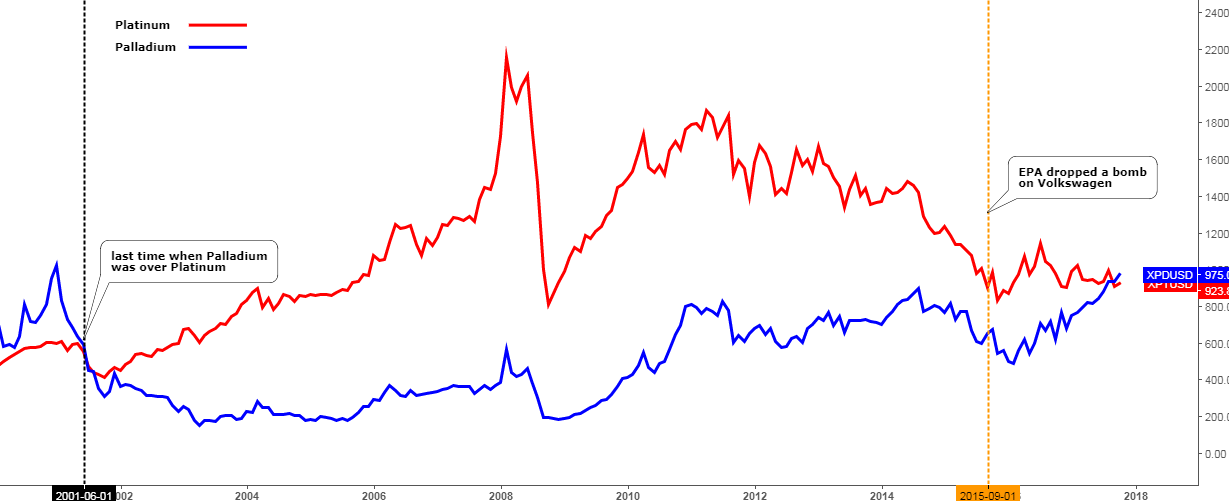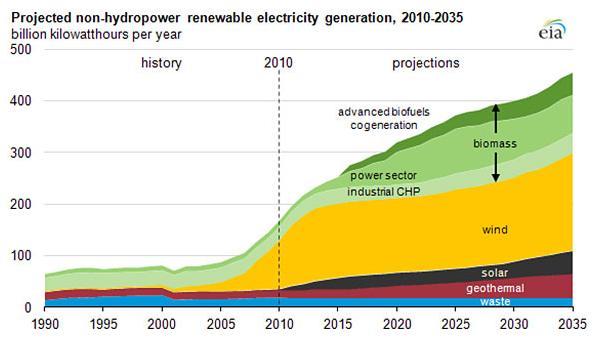Chart 1. Platinum Vs. Palladium: Crossed Swords

Chart courtesy of tradingview.com
Sixteen years ago was the last time that platinum was cheaper than palladium in 2001 (black vertical line). By then palladium had spent a year in the dominant position over platinum, and at that time the price of both metals had been fluctuating around $600 level. Since then platinum has returned to its usual upper position to palladium, and the gap was growing exponentially in favor of platinum until it reached the peak with the $1600 of supremacy in 2008. After that, the gap began to narrow and last month it entirely evaporated as a global shift in the automotive industry showed a growing demand for gasoline and hybrid cars (palladium related) amid slowing demand for diesel cars (platinum related).
The Volkswagen emissions scandal started on the 18th of September 2015 (orange vertical line), when the United States Environmental Protection Agency (EPA) issued a notice of violation. I dedicated a post in 2015 to that significant event. The price of both metals continued higher right after that news as the reaction time to such a report always has a gap in such a giant industry. Continue reading "Palladium Finally Beats Platinum"


